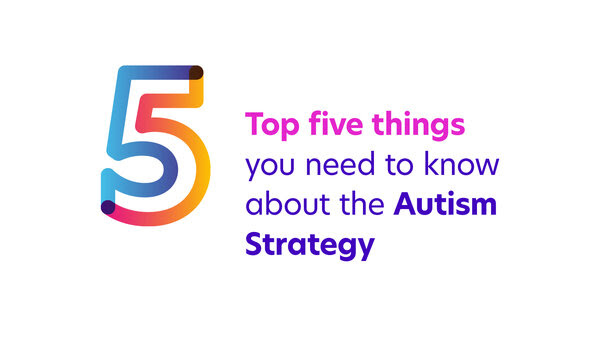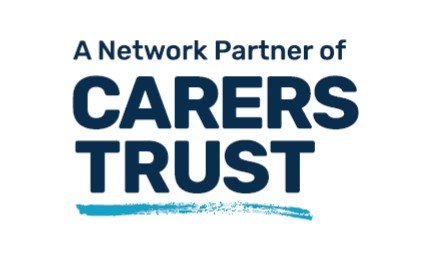Five things about the Government’s new autism strategy
The new Government autism strategy has the potential to impact the lives of hundreds of thousands of autistic people and their families.
Read on to find out why it’s important for autistic people and their families.

There’s a new autism strategy for England – but what do you really need to know about it?
Every five years or so, the Government brings out a new strategy saying how they’re going to support autistic people. They started doing this back in 2009, when the Autism Act was passed.
The autism strategy has the potential to impact the lives of hundreds of thousands of autistic people and their families. Read on to find out why it’s important for autistic people and their families:
1. The strategy outlines the Government’s plans to improve your services and support
This covers mental health, diagnosis, employment, education, public understanding and the justice system. The big things they have committed to include:
- Investing £10.5 million into finding new ways to reduce diagnosis waiting times for children and young people
- Investing £2.5 million into improving the quality of adult diagnostic and post-diagnostic pathways and diagnosis waiting times
- Increasing public understanding of autism with a long-term, nationwide initiative
- Providing £18.5 million to prevent autistic people from falling into mental health crisis and £21 million to local authorities to help people in mental health hospitals back into the community
- Improving understanding by training education professionals, job centre staff and frontline staff in the justice system.
You can find all the commitments here.
2. This strategy has more money than any of the other previous strategies, but it really needs social care to be fixed too.
One of the biggest flaws in previous versions of the autism strategy was the lack of money to make change happen. This time, the Government has committed almost £75 million to the first year of this strategy – this will be put towards developing a public understanding campaign, reducing diagnosis waiting times and increasing crisis support in the community, among other things.
However, it’s well known that the biggest struggle that many autistic people have is getting support from social care. In 2019, research found that over 2 in 3 autistic adults don’t get the support they need to carry out everyday things, like going out and about, making meals and paying bills. The strategy doesn’t set out specifically what services will be provided to help these people, so it will be really important that every council talks to autistic people in their area to ask them what they need, and then invest in those services.
Social care across the whole of England desperately needs reform and long-term, sustainable funding. On his first day in office, the Prime Minister promised to fix social care. The National Autistic Society pledges to continue to campaign until he has delivered on that promise.
3. It’s the first autism strategy to include children
Previous strategies have focused only on autistic adults. The National Autistic Society successfully campaigned for this strategy to include children and young people. There are many new commitments as a result, including more training for teachers, a new anti-bullying programme in schools and making sure autistic young people can find supported internships and apprenticeships.
4. The commitments are only until 2022
Although the strategy is supposed to cover five years, the commitments in this new strategy only take us up to 2022. This is because there is a Spending Review scheduled for autumn. The Spending Review sets out how much money the Government plans to spend on public services, usually over a 3- or 4-year period so that government departments can make long-term plans. The Department of Health and Social Care needs to know how much they can spend on the rest of the strategy before they can make any commitments. The National Autistic Society will campaign to make sure that the strategy receives appropriate funding for years 2-5. They need your help to do this, so sign up for updates on their campaigns here.
5. Every local council in England needs to implement the autism strategy
The autism strategy is underpinned by legally binding guidance to councils. Each council and NHS body needs to look at the strategy to see how it can improve its local services. Nearly every council has an Autism Lead or an Autism Partnership Board who oversees the carrying out of the strategy. You can make sure the strategy works for autistic people in your area by getting involved with your local Autism Partnership Board through your council. The National Autistic Society promises to keep working with their campaigners and branch members to make sure that the autism strategy is implemented in local areas. This has been a small snapshot of what the autism strategy includes. If you would like more detail, you can read more in by visiting the National Autistic Society website or clicking this link news story or the full strategy here.
Published by the National Autistic Society on 21 July 2021
